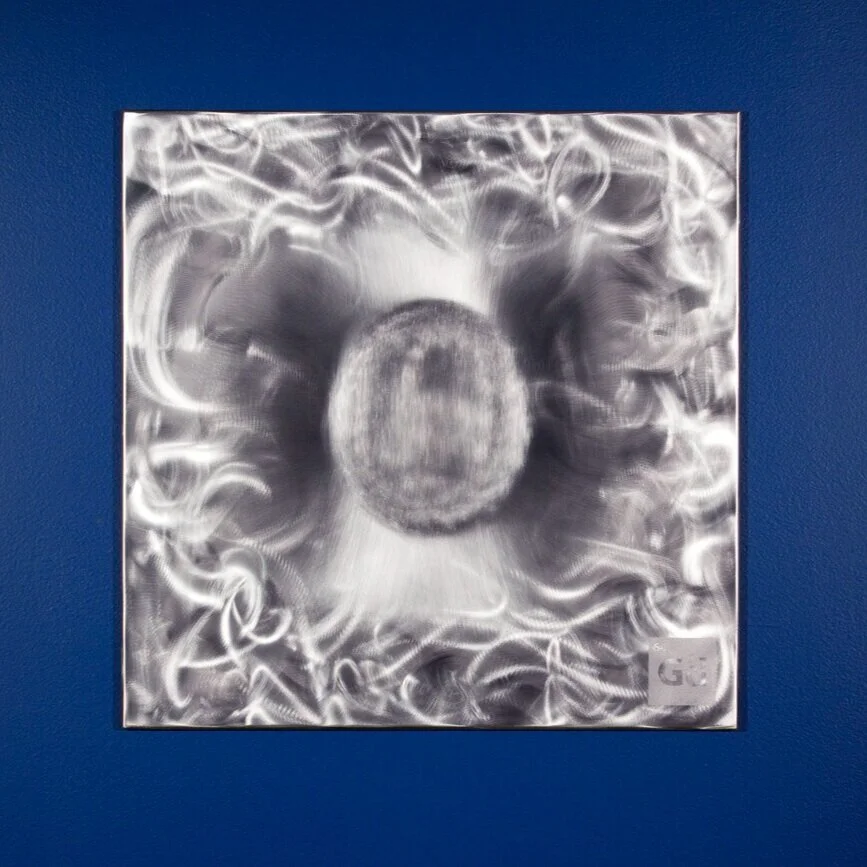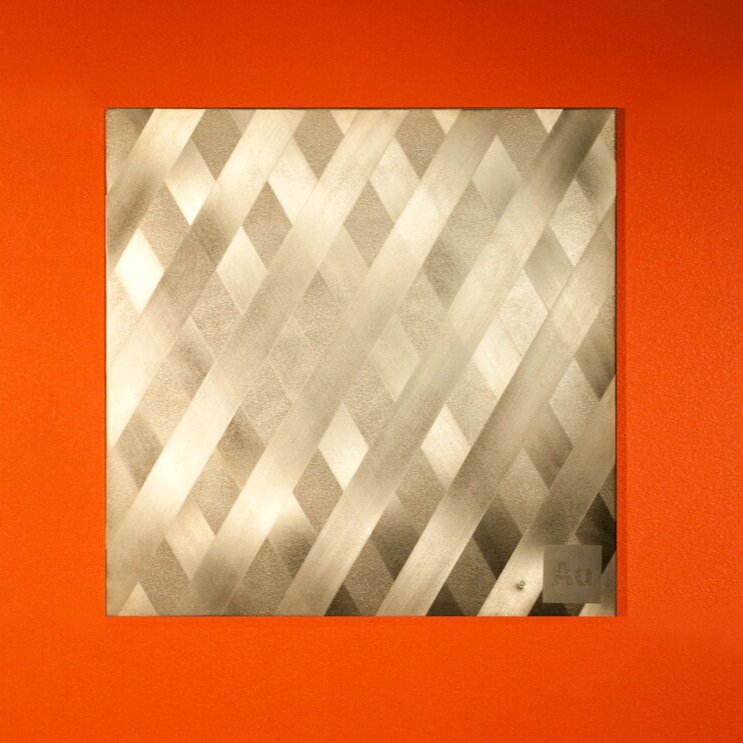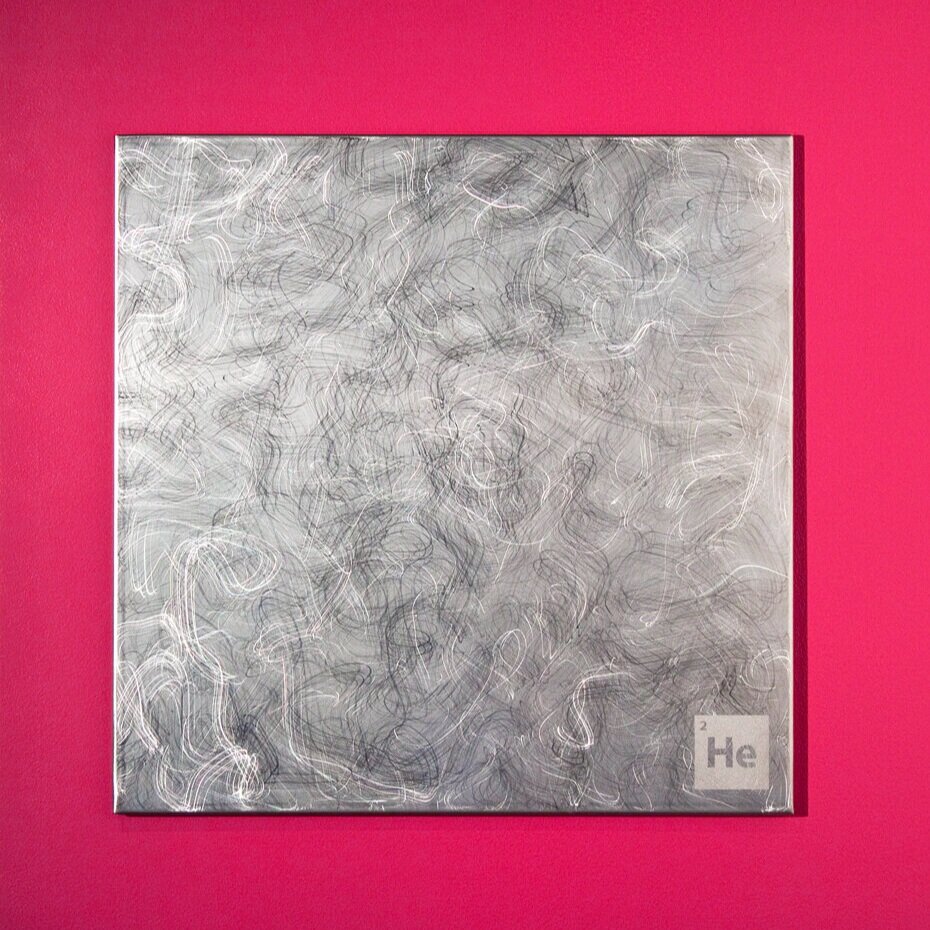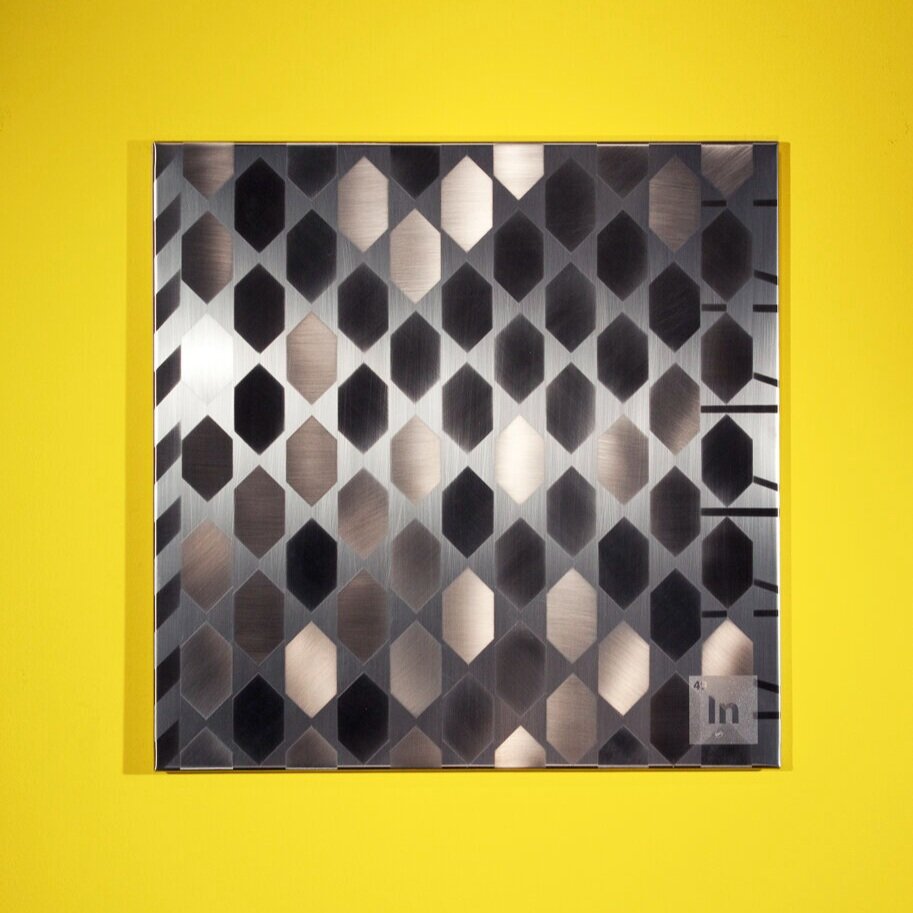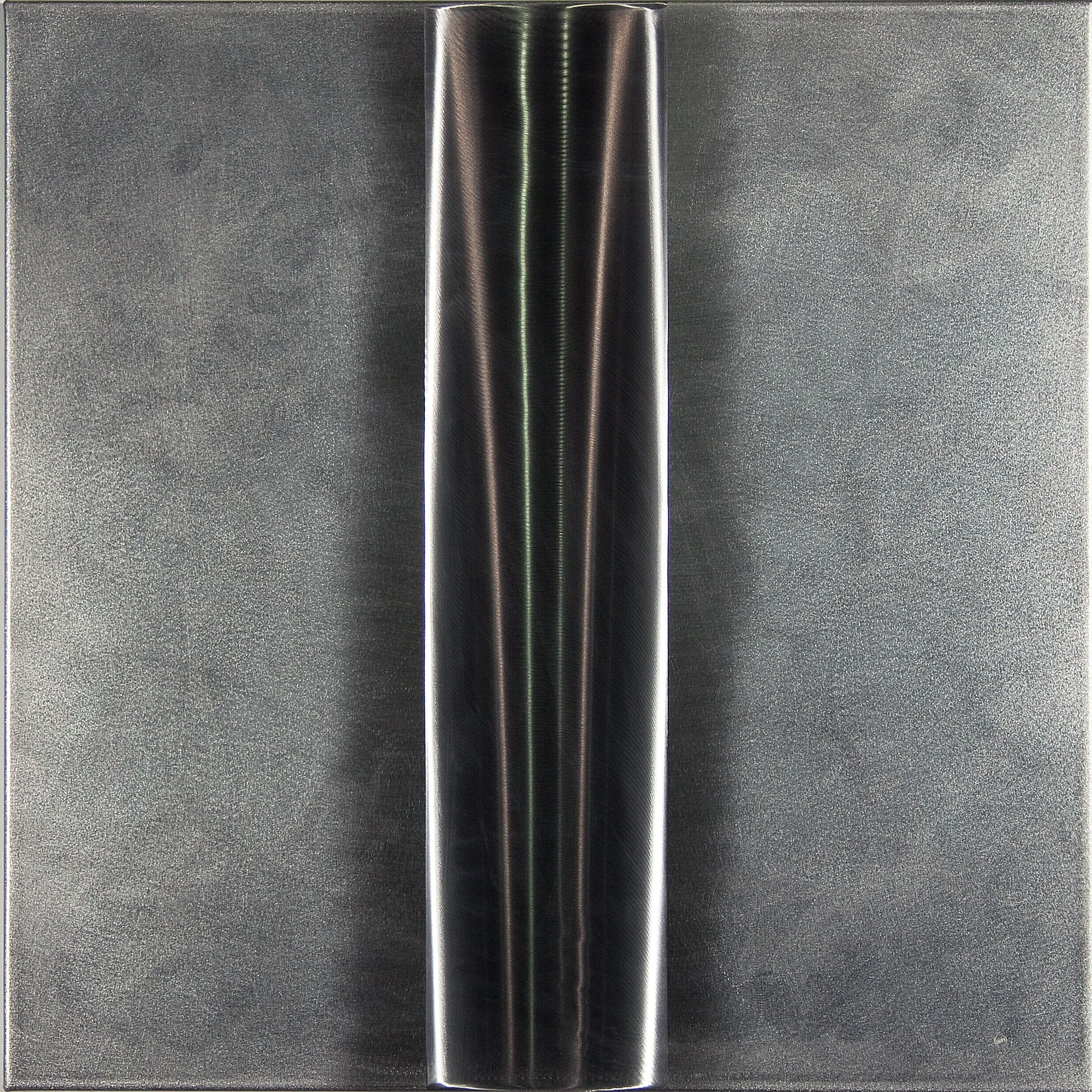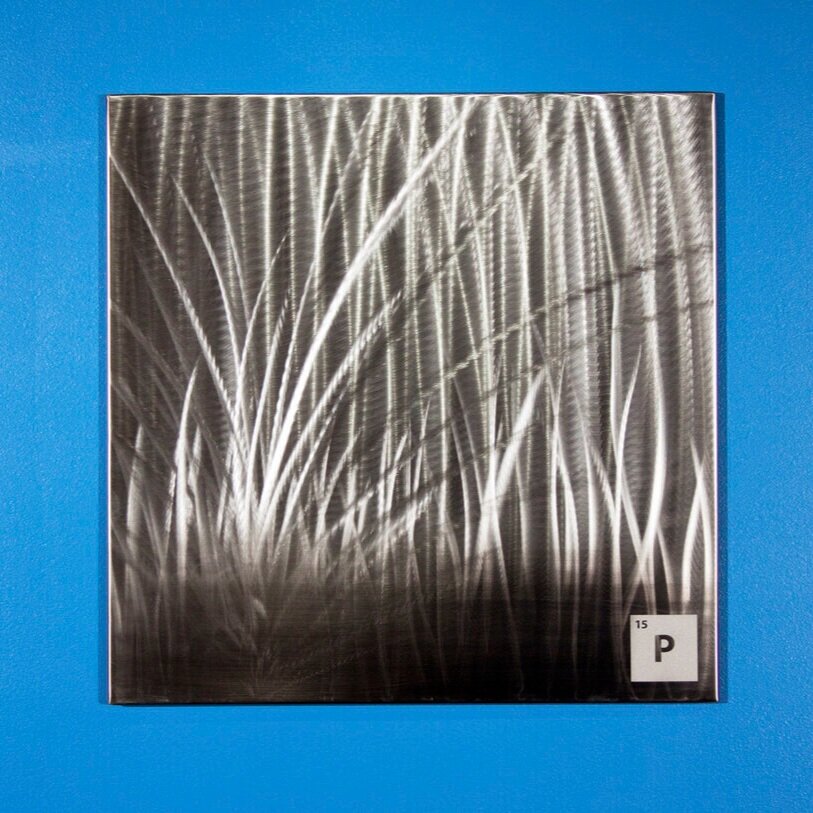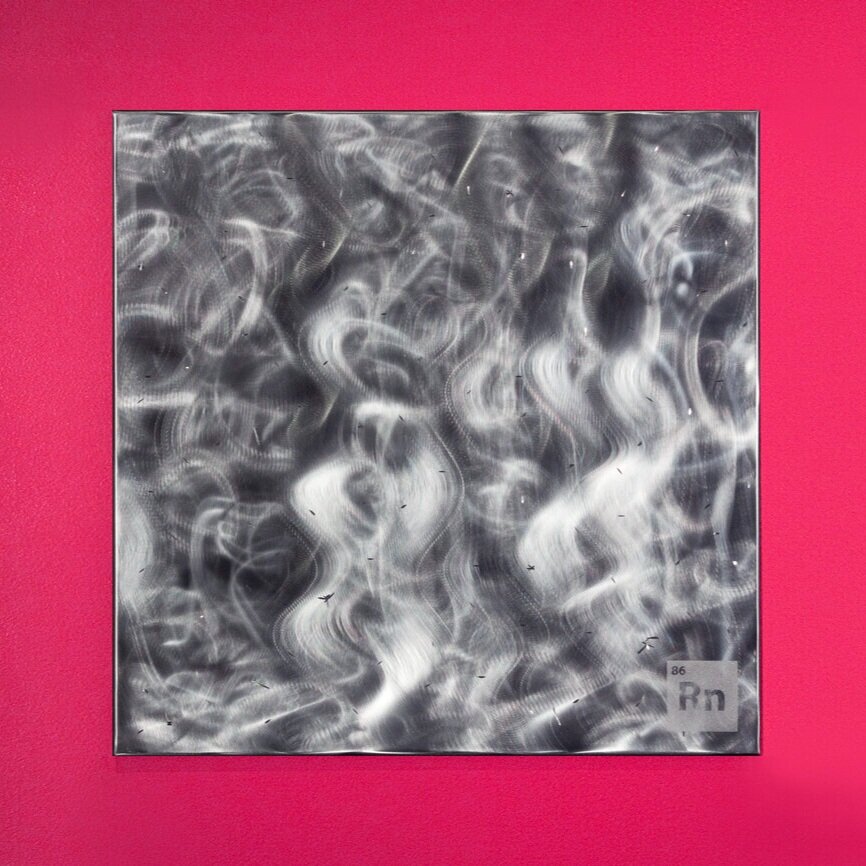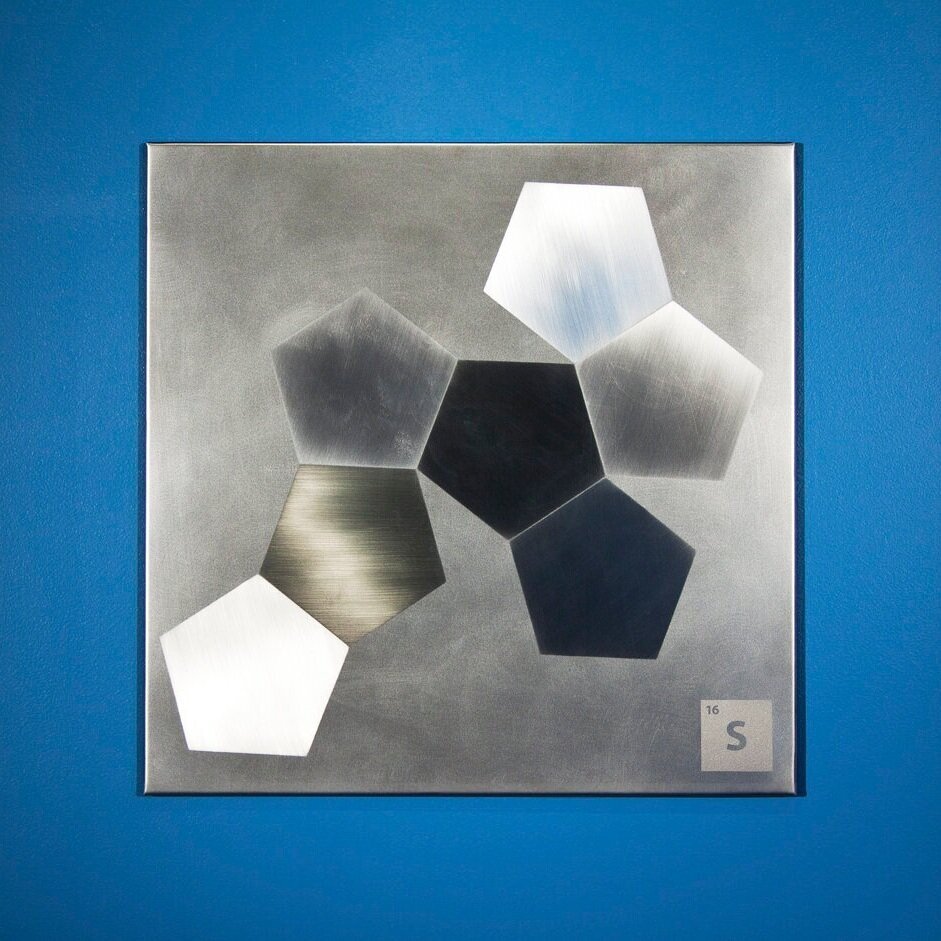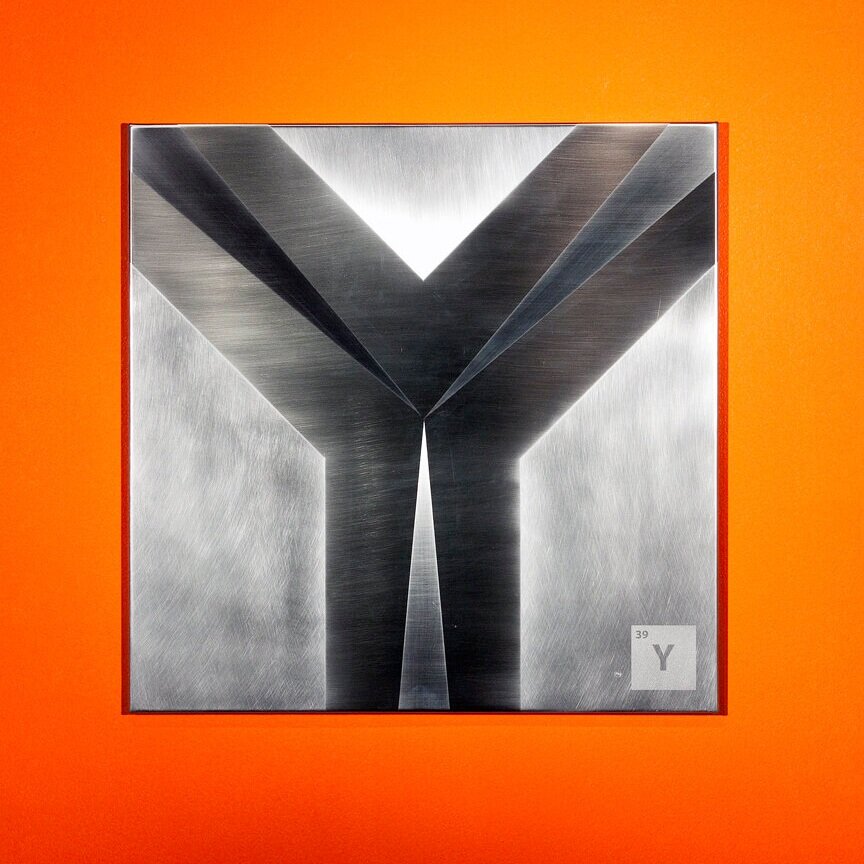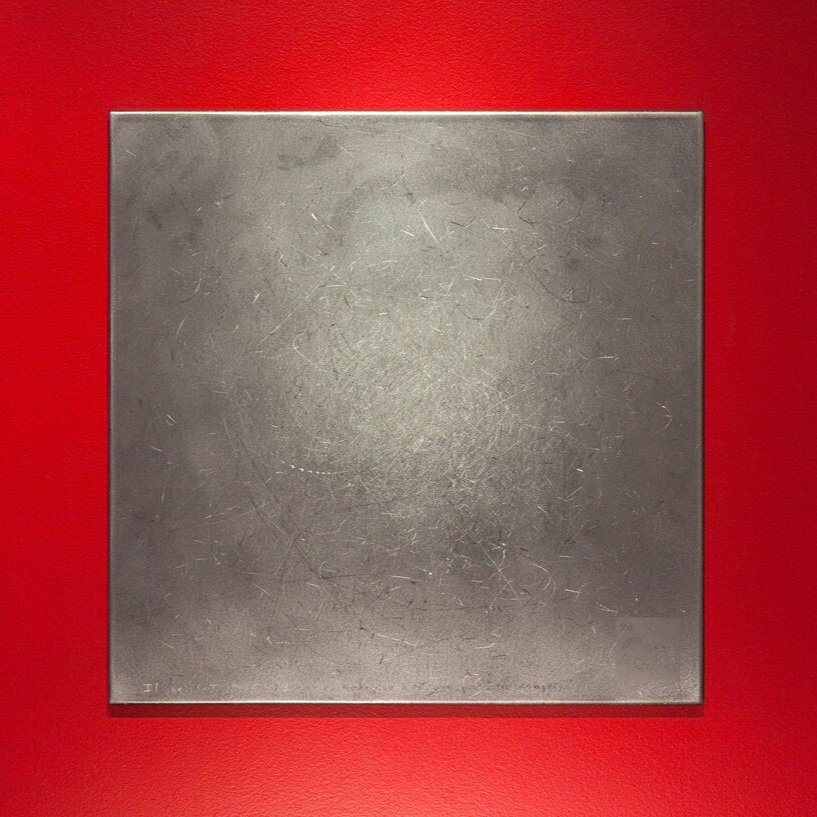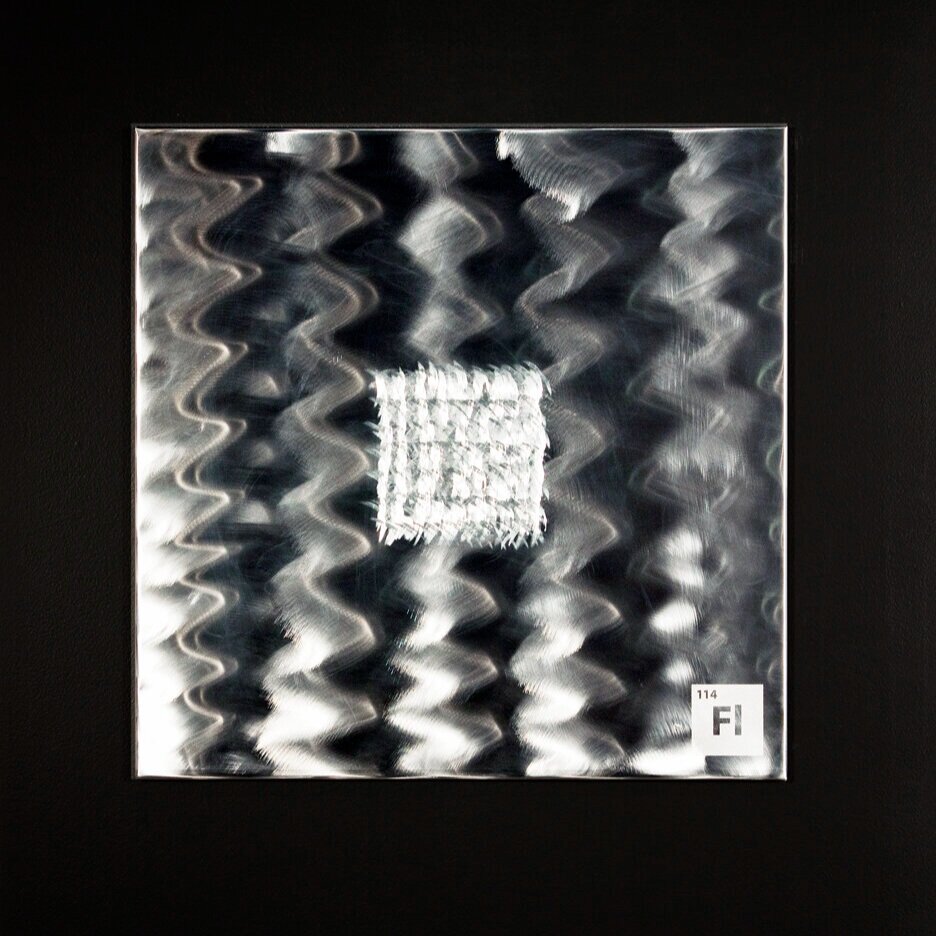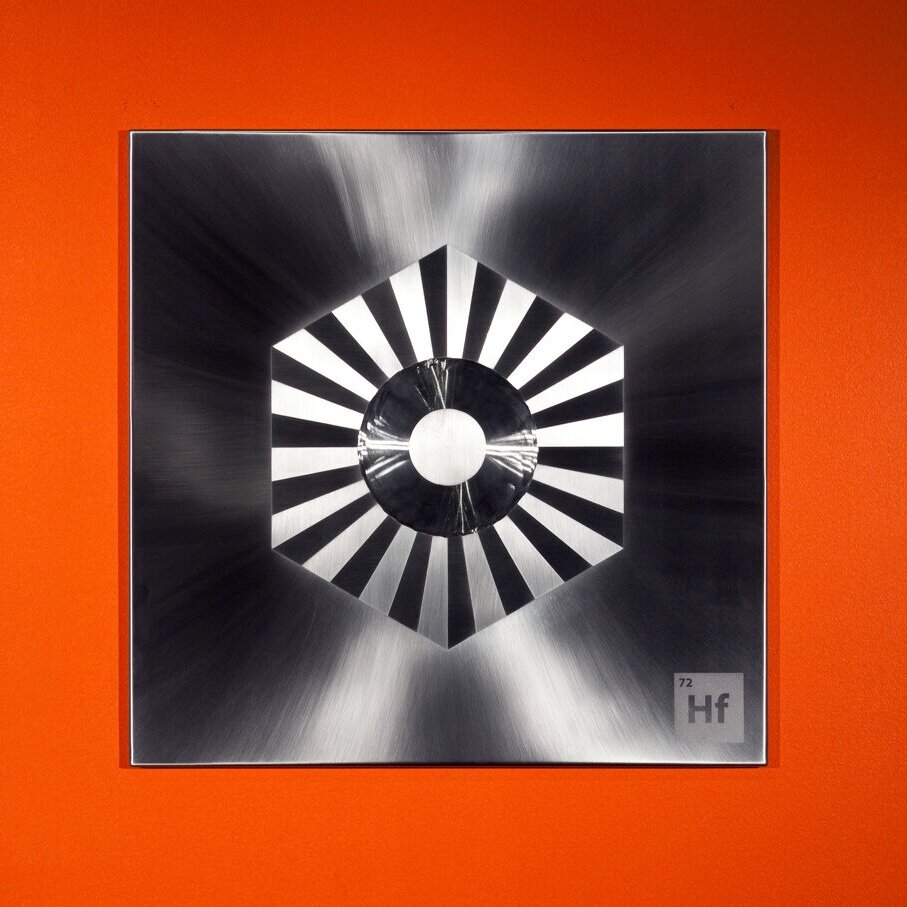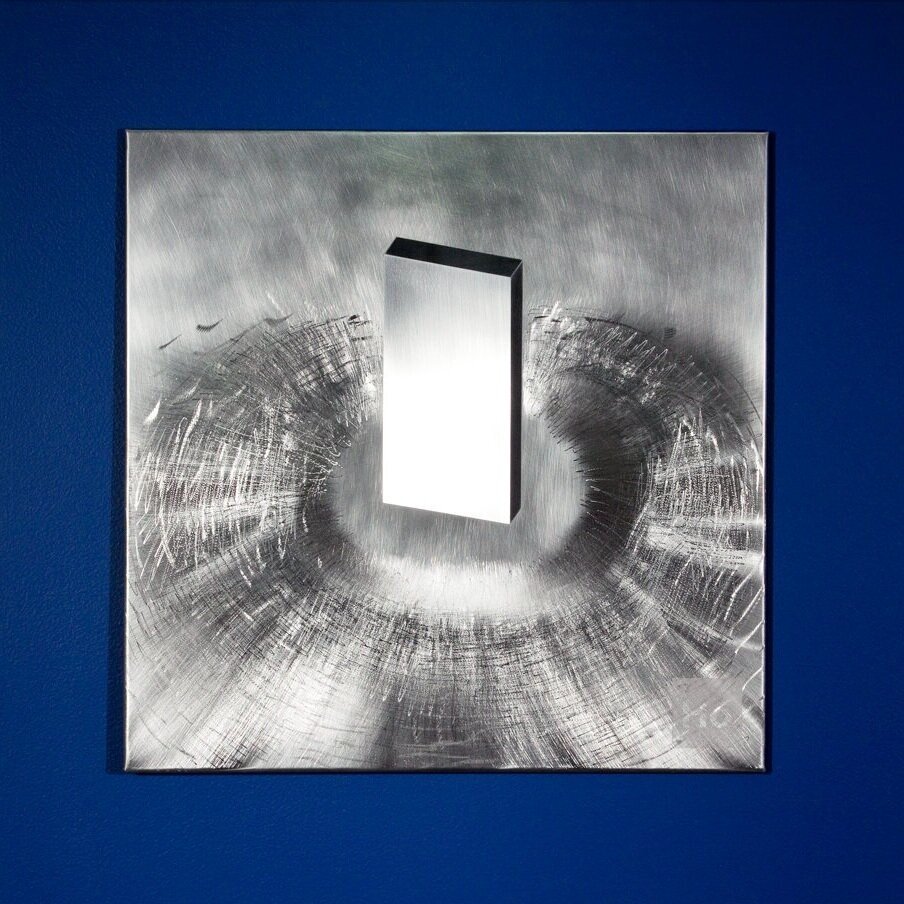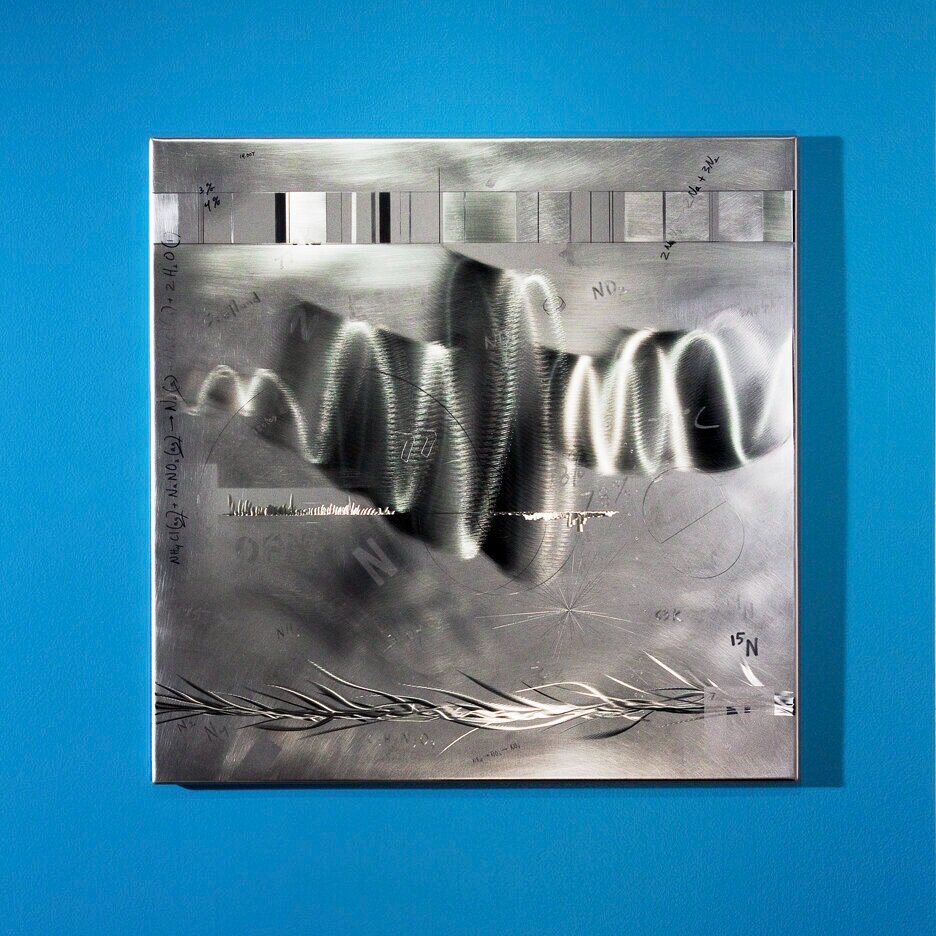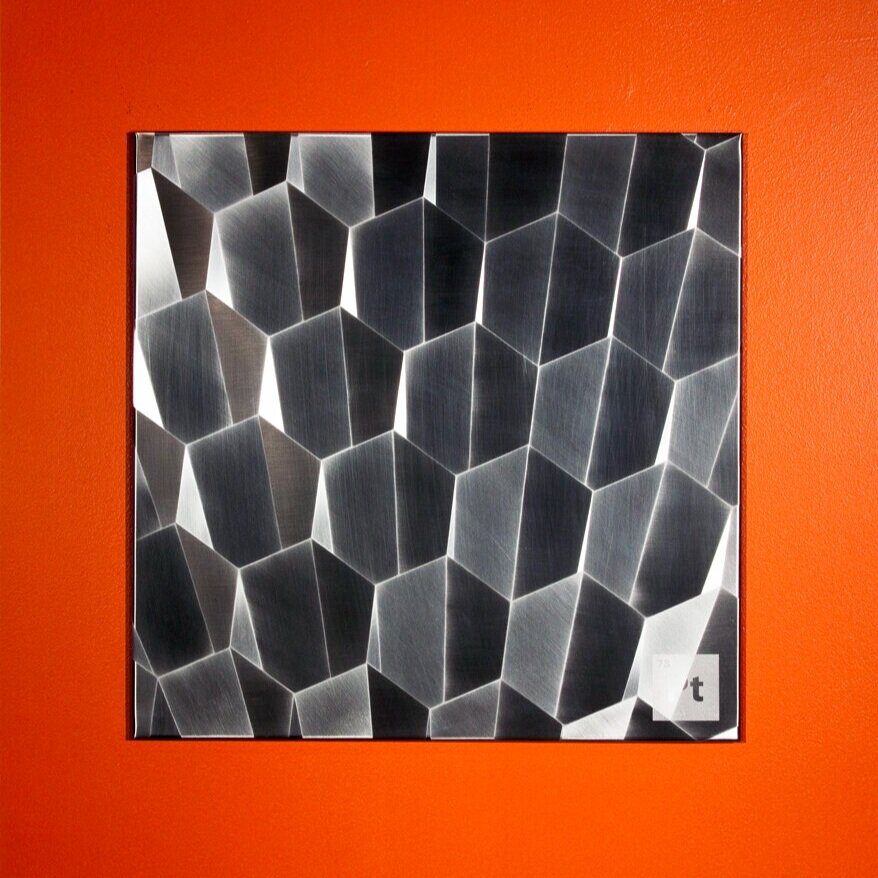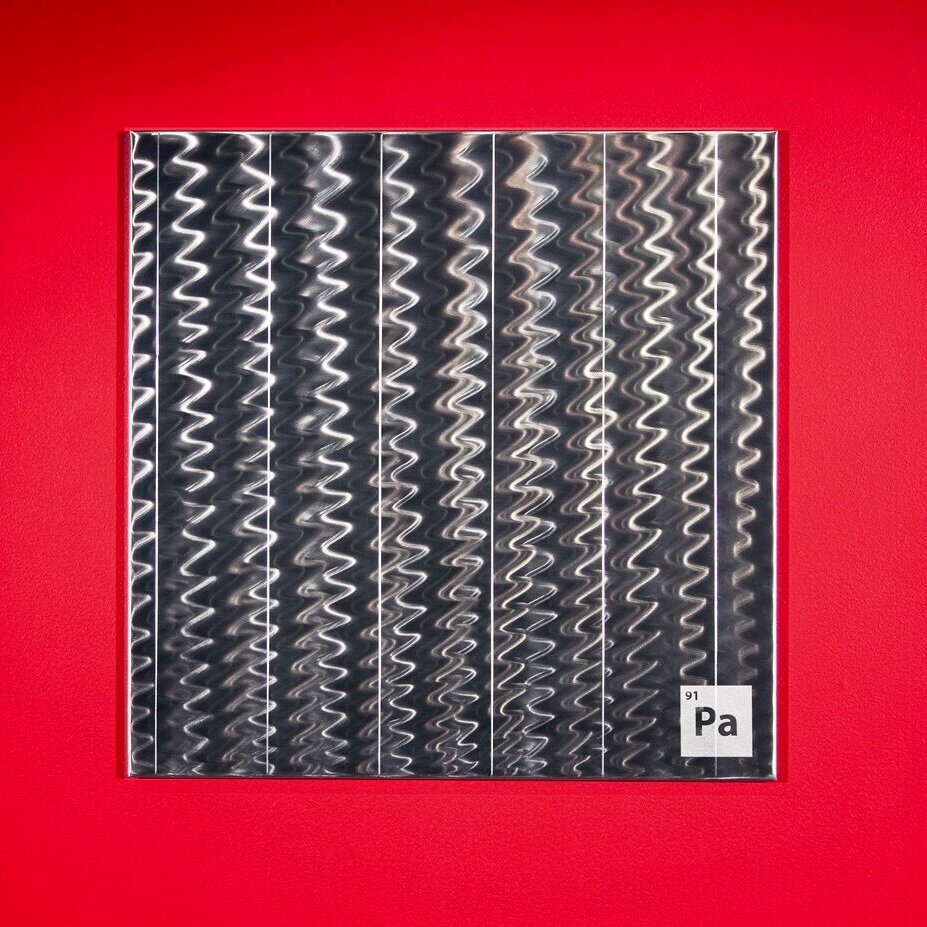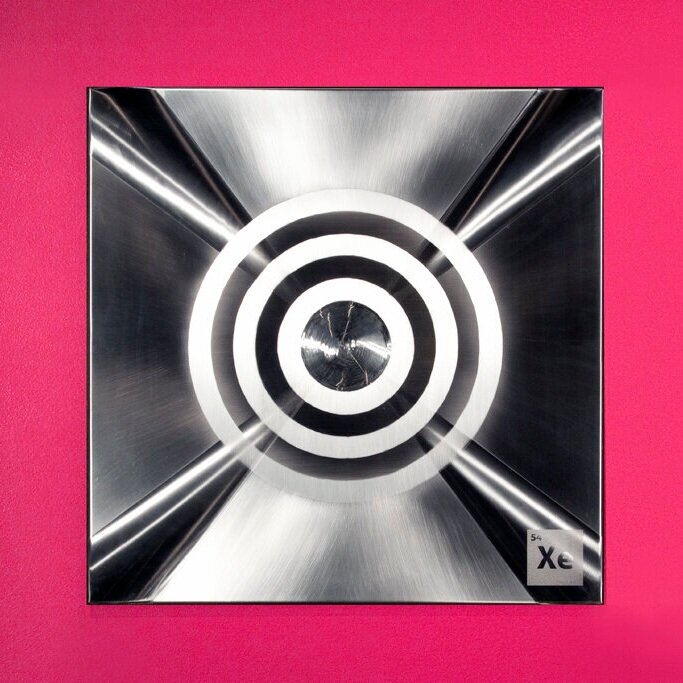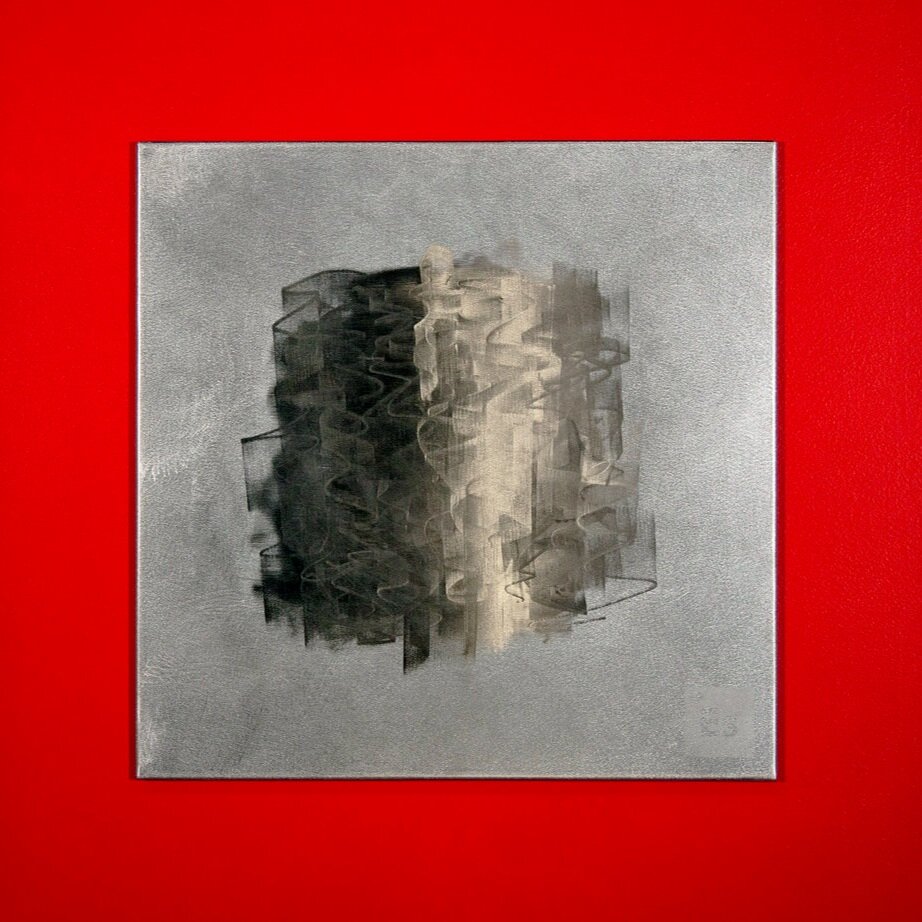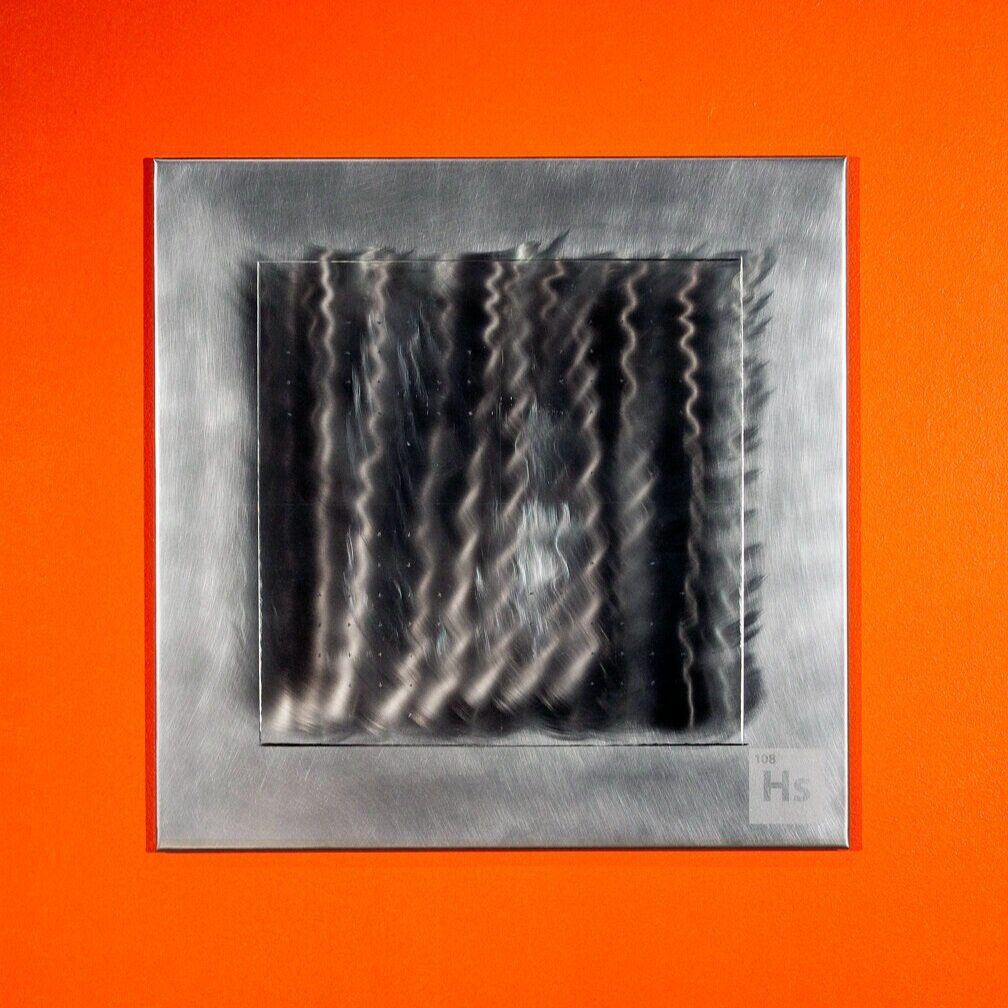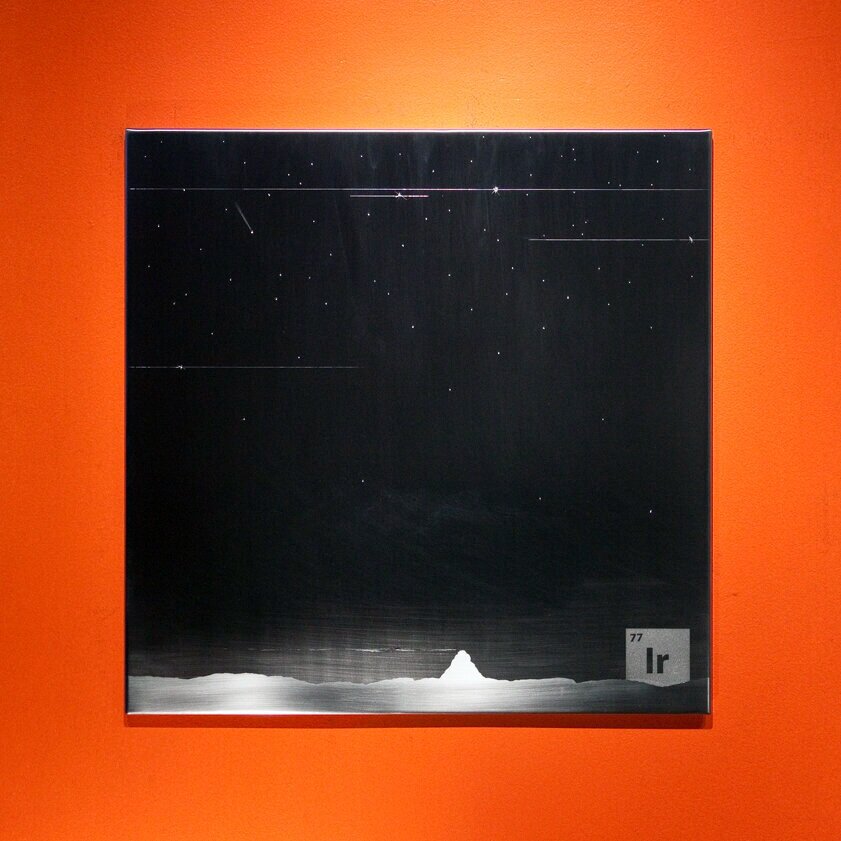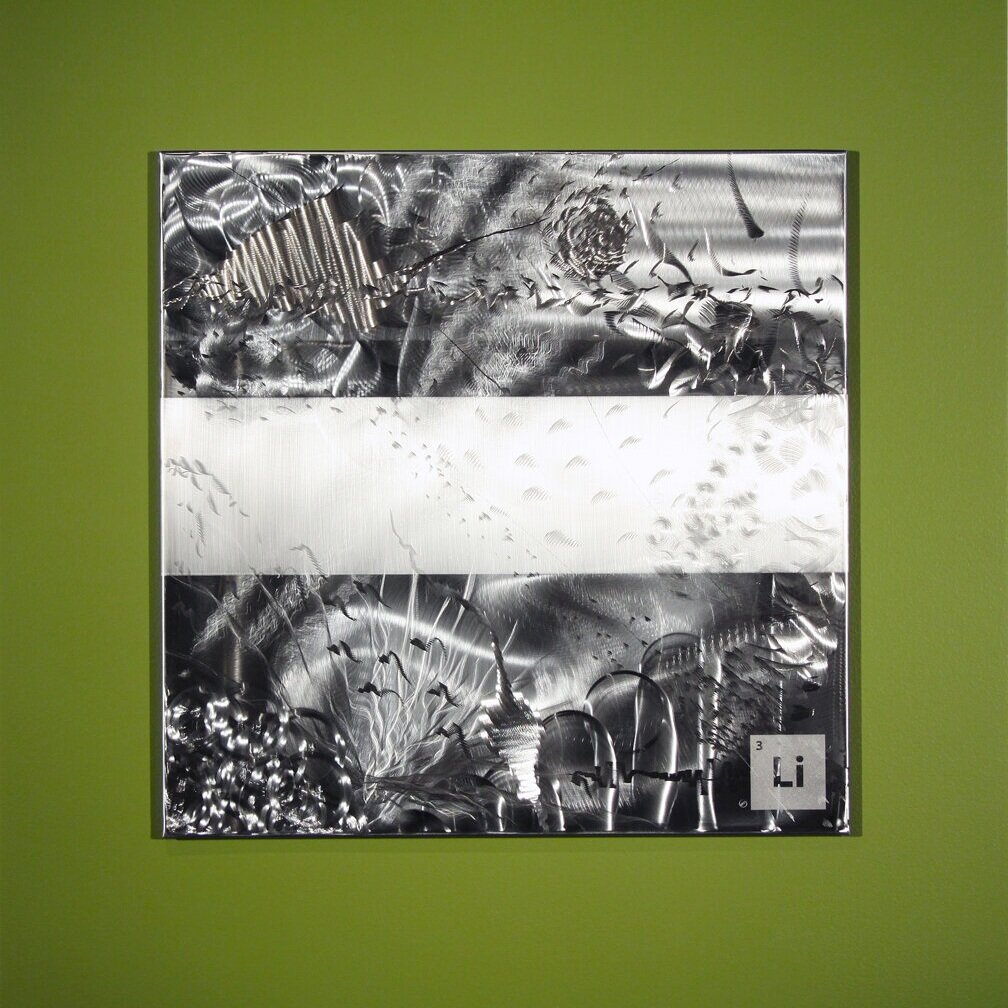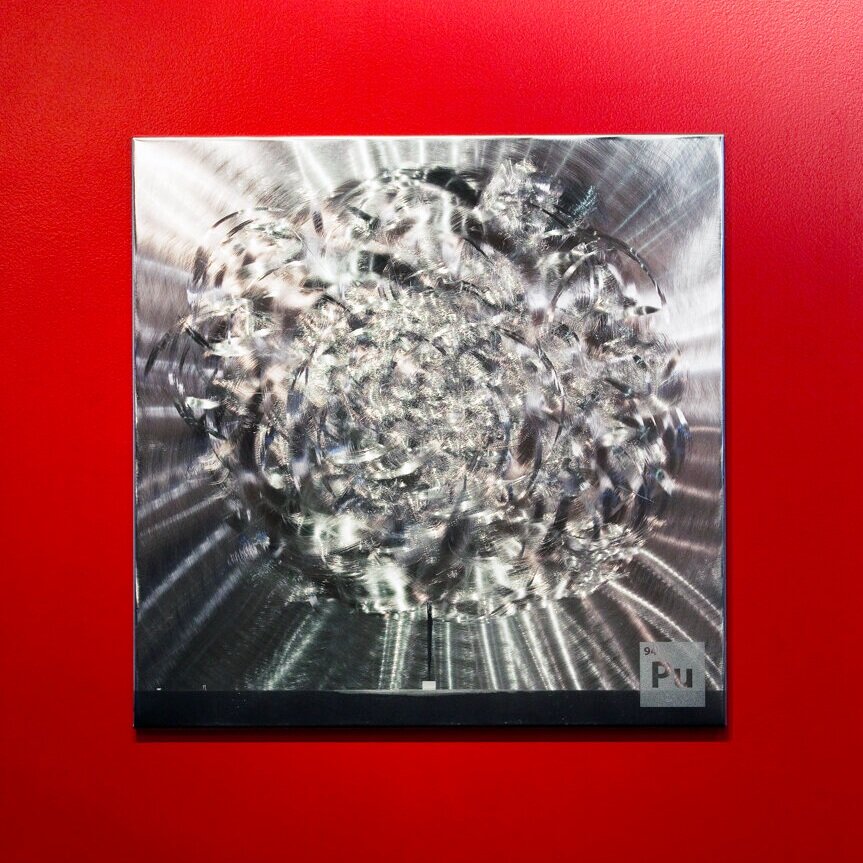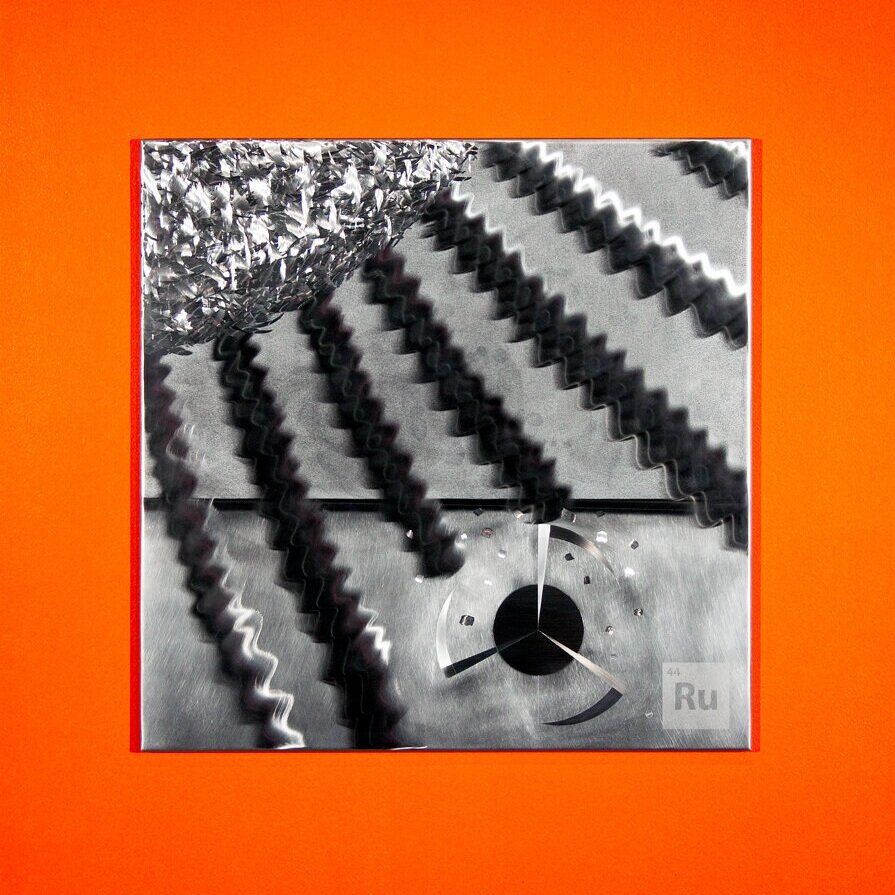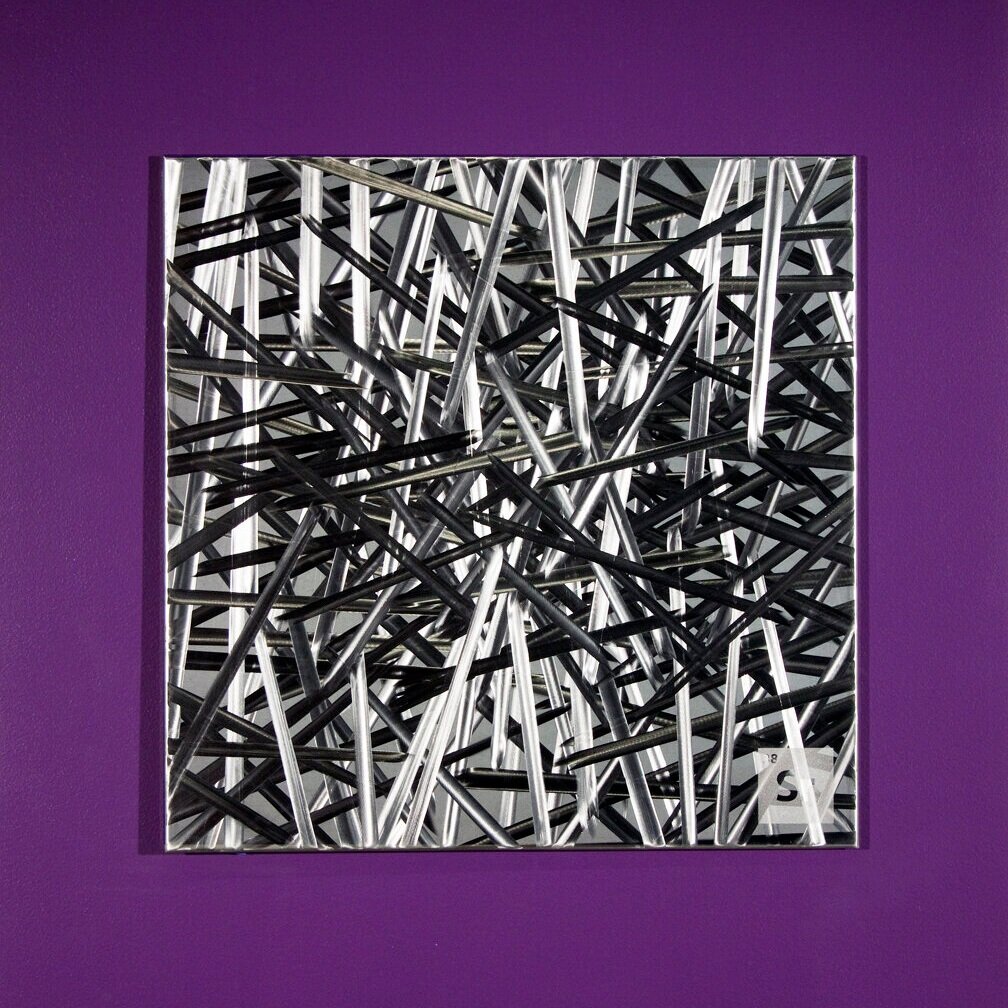2400 years ago Democritus coined the word "atomos," which in Greek means "uncuttable," to refer to what he thought was the smallest indivisible particle of matter. This visionary and robust concept of all things material has been shown by modern particle physics to be not entirely accurate--there are subatomic particles like quarks and hadrons and gluons and such, but all these are better left for some future artistic inquiry. For this project I focused on the 118 elements that exist in the internationally recognized Periodic Table, starting with #1 Hydrogen, and ending with #118 Ununoctium. Included are the rebels, #'s 113, 115, 117, and 118, only recently recognized by the International Union of Pure and Applied Chemistry as I am certain these will have adherents in the public. (Who doesn't love an unnamed and unstable Ununtrium? Even its name sounds so NOT.)
The historical notion of Democritus has had remarkable durability. Elements are elemental--they are all different and within each element each part is exactly the same, or to express it as Democritus did, each can only be reduced to very small parts of itself. They are teeny. If an apple were magnified to the size of the earth then the atoms that make up the apple would be the size of the original apple.
And here is where my role comes in. Atoms are too small to see, unless you have an electron tunneling microscope, which is hard to fit in the living room. My job is to represent each one of these with the artistic license issued by the International Bureau of Insight and Reckless Abandon. A stainless steel square, two feet by two feet, represents each and every element, from the sexy ones like Gold, Au, and Tungsten, W, to the everyday Neodymium, Nd, and the only mildly radioactive Bismuth, Bi.
The Visible Indivisibles are light sculpture mixing art history and chemistry, visual poetry and physics. These represent with reflected and refracted photons EVERYTHING in the known universe.
Thanks and Enjoy,
Bruce R. MacDonald
Actinium
Antimony
Astatine
Beryllium
Boron
Calcium
Cerium
Chromium
Copernicium
Dubnium
Erbium
Fluorine
Gadolinium
Gold (brass gold plated)
Helium
Indium
Iron
Lawrencium
Livermorium
Manganese
Mercury
Neon
Niobium
Osmium
Phosphorus
Polonium
Promethium
Radon
Roentgenium
Rutherfordium
Seaborgium
Silver
Sulfur
Tellurium
Thorium
Titanium (on titanium)
Tennessine
Vanadium
Yttrium
Aluminum
Argon
Barium
Bismuth
Bromine
Californium
Cesium
Cobalt
Curium
Dysprosium
Europium
Flerovium
Gallium
Hafnium
Holmium
Iodine
Krypton
Lead
Lutetium
Meitnerium
Molybdenum
Neptunium
Nitrogen
Oxygen
Platinum
Potassium
Protactinium
Rhenium
Rubidium
Samarium
Selenium
Sodium
Tantalum
Terbium
Thulium
Tungsten
Oganesson
Nihonium
Xenon
Zinc
Americium
Arsenic
Berkelium
Bohrium
Cadmium
Carbon
Chlorine
Copper
Darmstadtium
Einsteinium
Fermium
Francium
Germanium
Hassium
Hydrogen
Iridium
Lanthanum
Lithium
Magnesium
Mendelevium
Neodymium
Nickel
Nobelium
Palladium
Plutonium
Praseodymium
Radium
Rhodium
Ruthenium
Scandium
Silicon
Strontium
Technetium
Thallium
Tin
Moscovium
Uranium
Ytterbium
Zirconium












